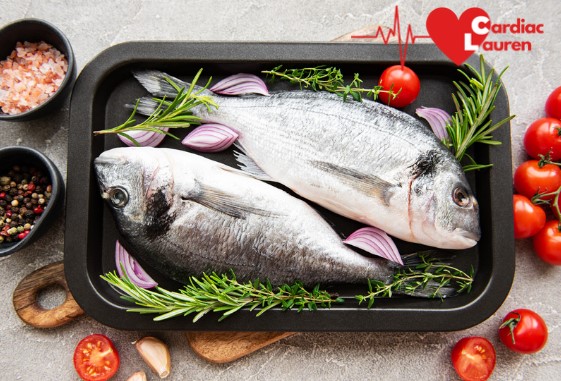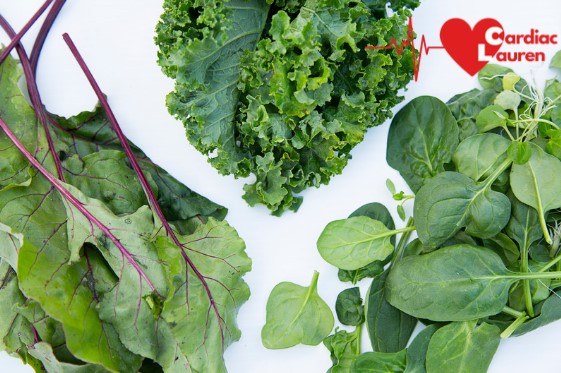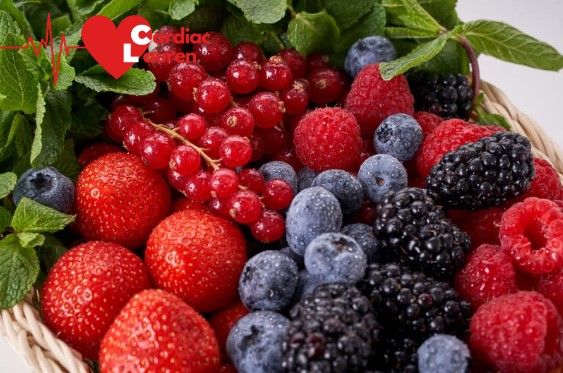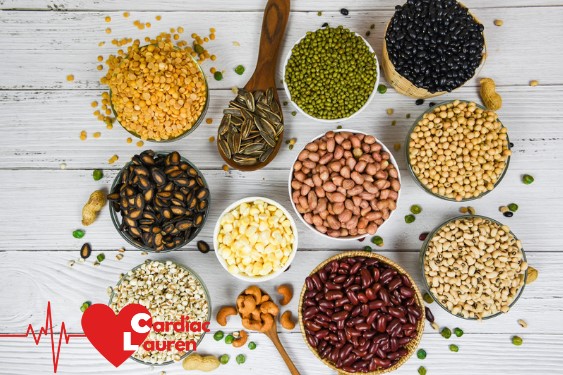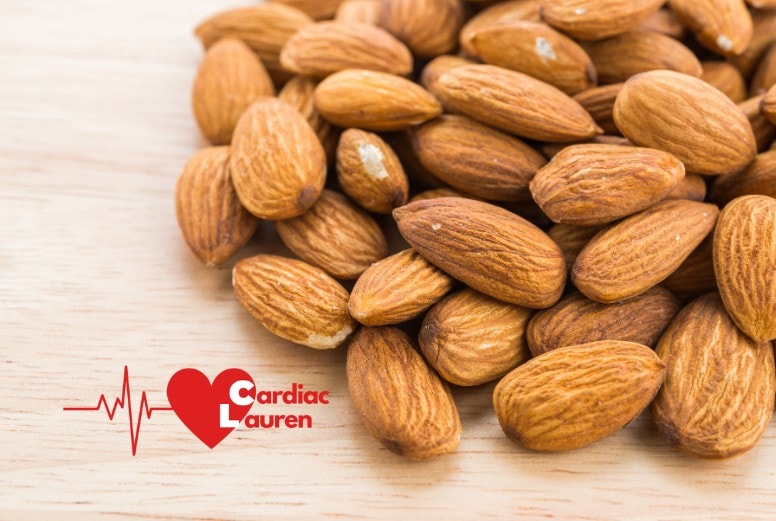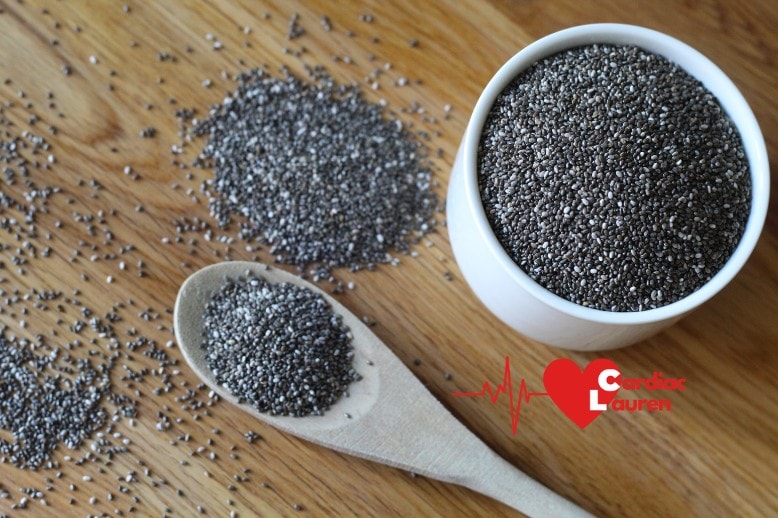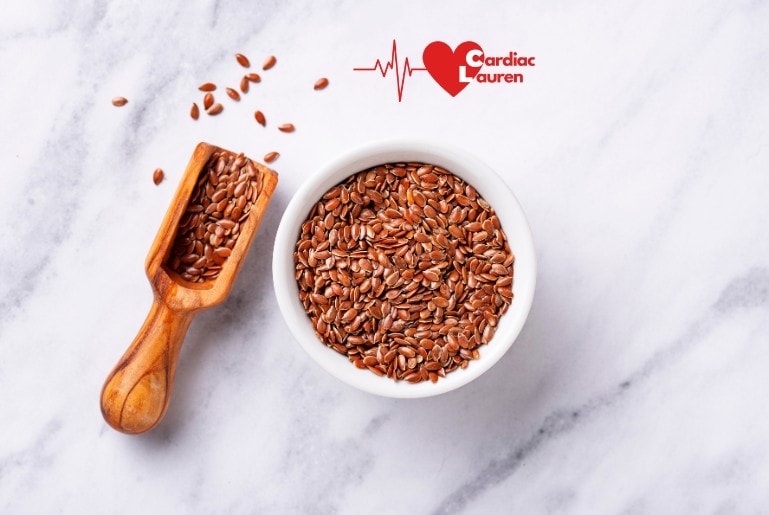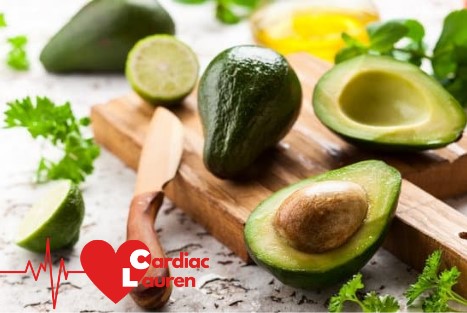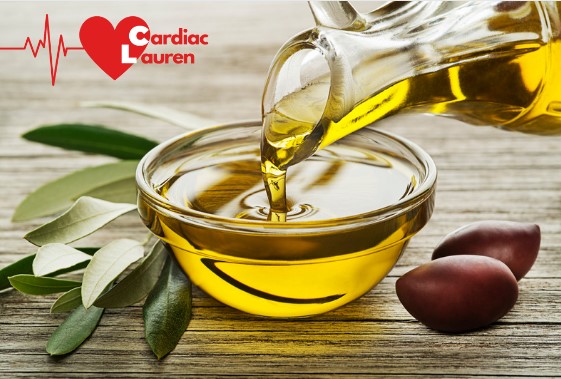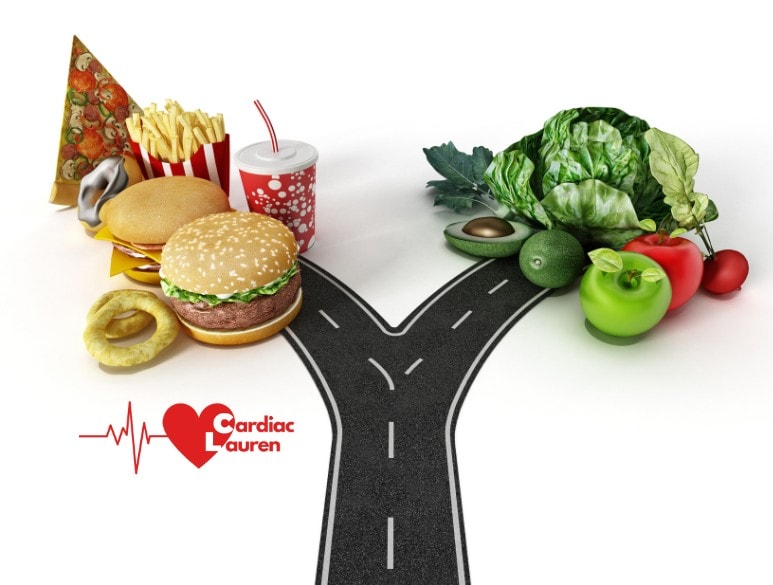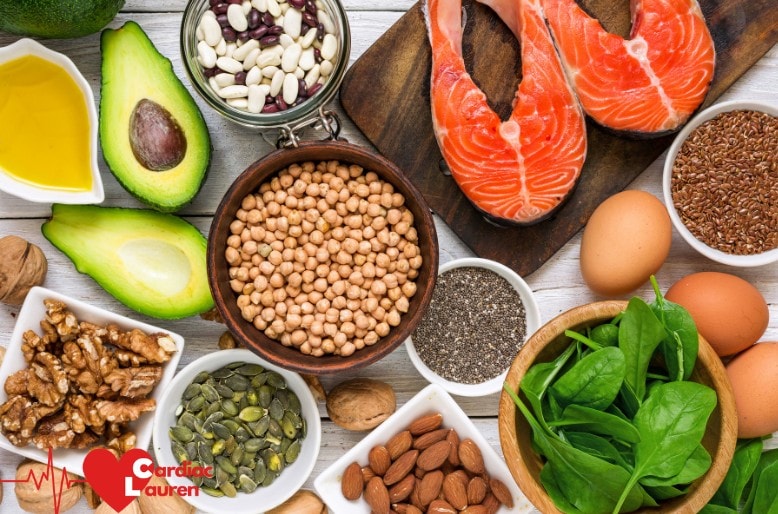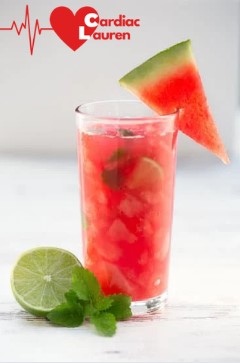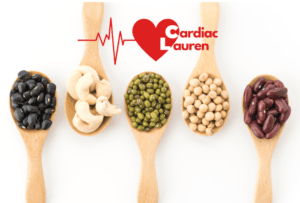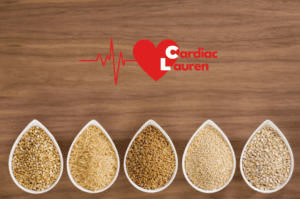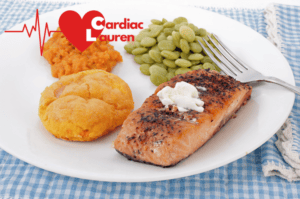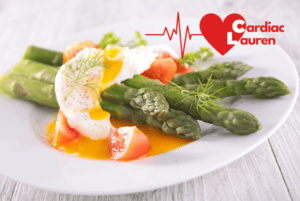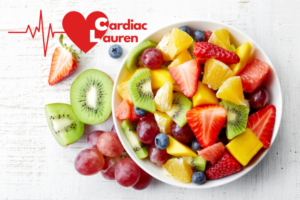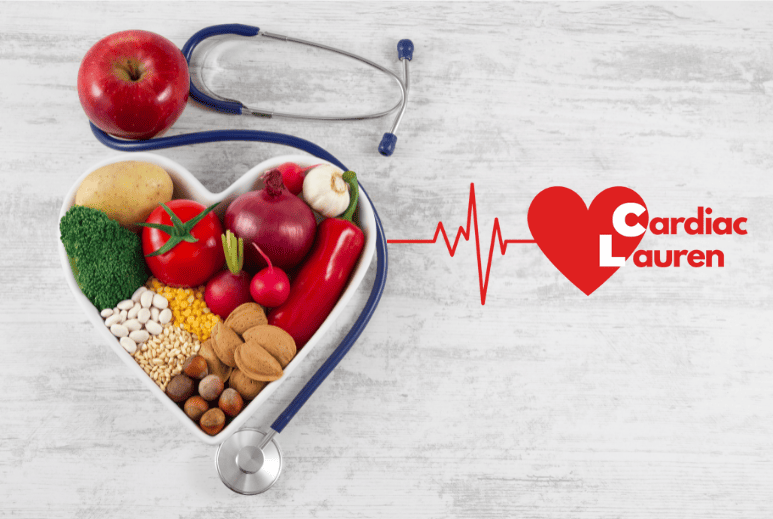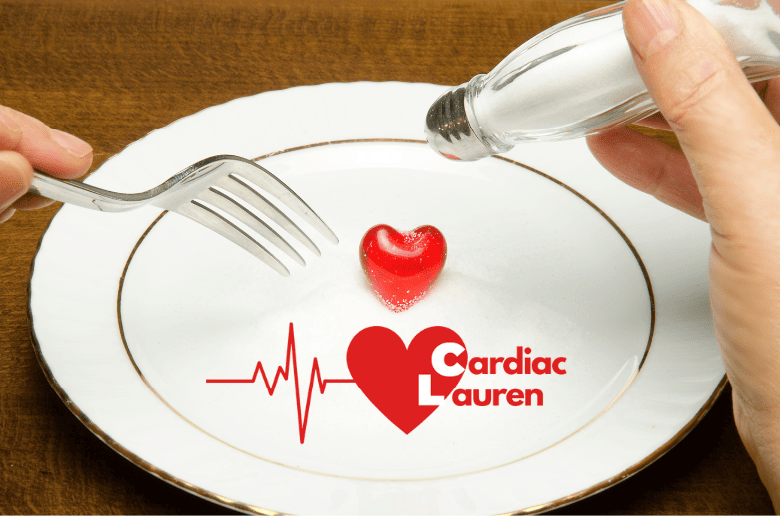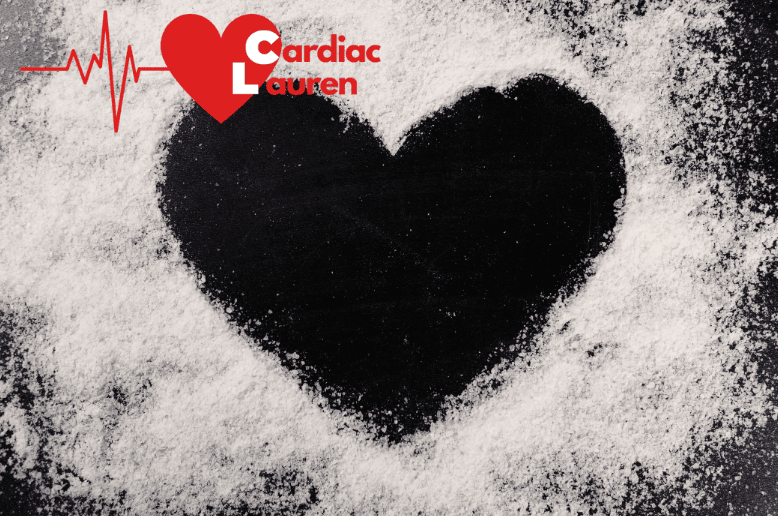In a fast-paced world full of new information, it can feel overwhelming when it comes to taking on board advice to manage your heart health. However, we’ve put together 5 simple things you can do on a daily basis to keep your heart healthy.
1. Eat a savoury breakfast
Eating a savoury breakfast is one of the best things you can do, not only for your heart health but also for general health, weight management and stress levels. Instead of consuming sweet, starchy foods first thing in the morning – which leads to a greater spike in your glucose levels – a savoury breakfast leads to steadier glucose levels in, a more stable mood, reduced stress levels and the ability to control cravings throughout the day. This is of course beneficial for those dealing with a heart issue, where weight and stress play a big part.
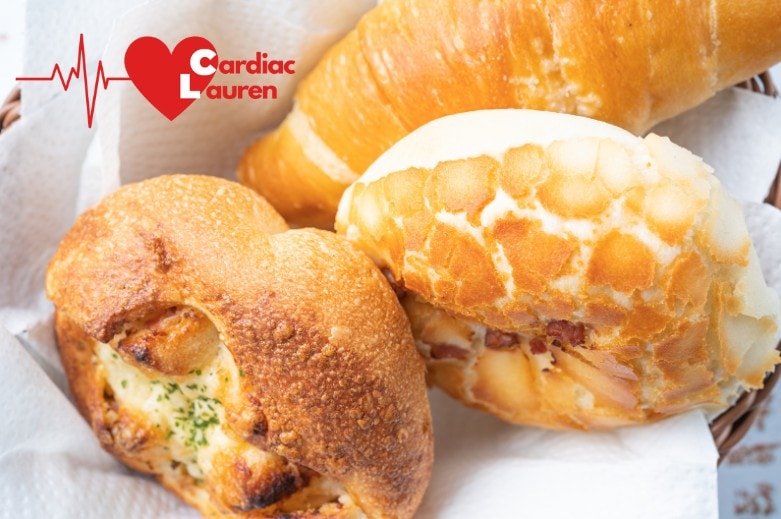
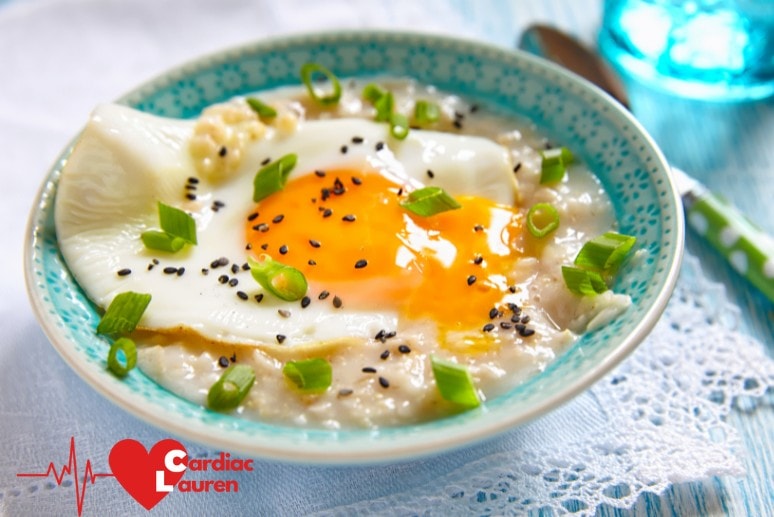
2. Walk for 30 minutes each day
Don’t underestimate the power of a simple walk. Walking is a natural, low-impact exercise that offers a plethora of benefits for your heart health. Whether you’re taking a stroll around a local park, getting off the bus early to walk the rest of the distance home, or running errands on foot, every step counts towards improving your cardiovascular well-being by reducing your blood pressure, improving cholesterol levels and more. 30 minutes is a great starting point, and if you love walking, why not join a local group?

3. Choose a snack that is healthy for your heart
Whether you’re an ‘elevenses’ person or a 3 pm snacker, aim to make quick, easy wins when it comes to what you reach for in the snack drawer. The healthiest snacks for your heart include berries (specifically strawberries, blueberries, raspberries and blackberries) which are rich in antioxidants, vitamins, and fibre, and may help reduce the risk of heart disease. A handful of nuts are also an easy way to satisfy a peckish mood; almonds, walnuts, pistachios, and other nuts are rich in healthy fats, protein, fibre, and various vitamins and minerals. Eating them in moderation has been linked to good heart health.
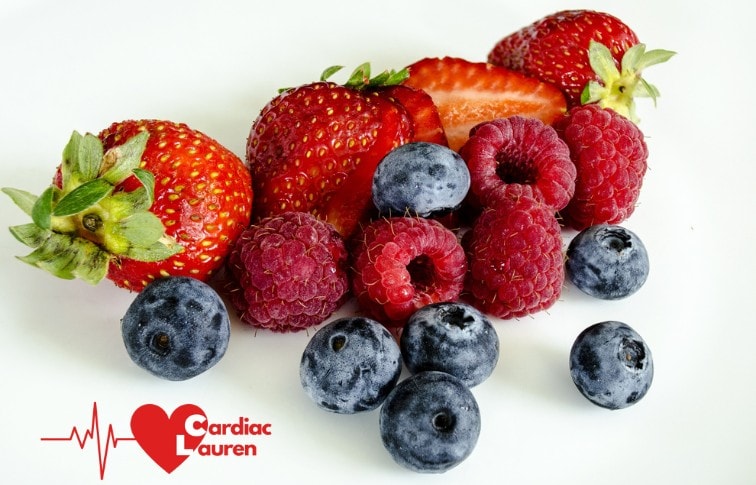
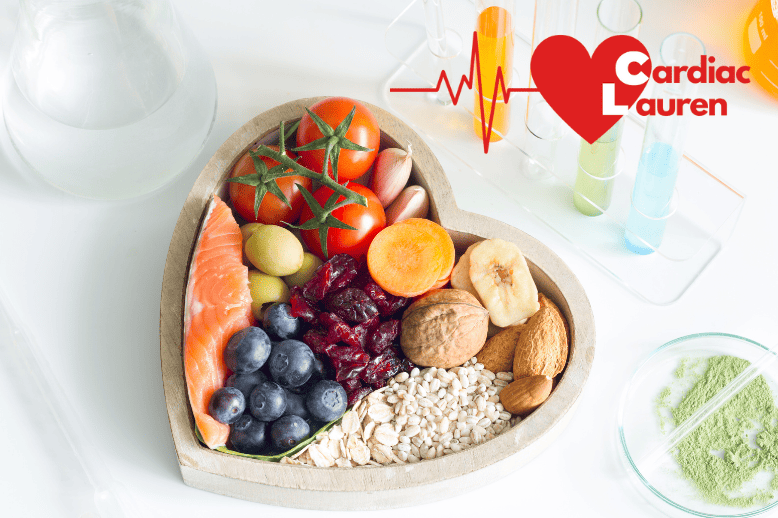
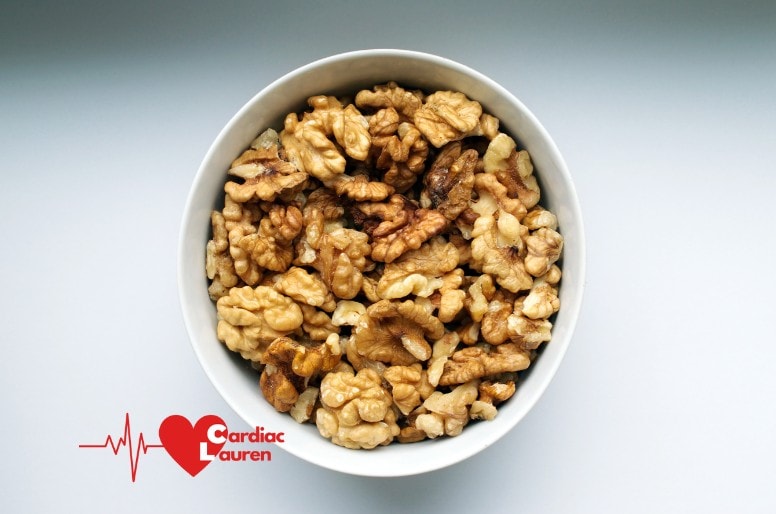
4. Take 5 minutes… to breathe
The effects of yoga and meditation on your health are well documented, with some of the notable benefits being reducing stress levels and blood pressure. However, these activities are not everyone’s cup of tea. Did you know that you can improve your heart health by doing something that you do thousands of times a day naturally? Conscious breathing exercises or breathwork can gently work the heart while improving circulation, reducing blood pressure and providing mental clarity. Try taking slow, measured breaths from the diaphragm or counting the number of seconds it takes to slowly and deeply inhale and exhale. Read more about breathing exercises here.



5. Schedule social time
In an increasingly interconnected world, it seems contradictory that loneliness has become an epidemic affecting millions of lives. Social psychologist John Cacioppo from the University of Chicago has conducted research into the effects of loneliness, which is linked with the hardening of the arteries, high blood pressure and an increased risk of heart disease as a result. Make time to speak to friends and family, or look for opportunities to engage with the community beyond these social spheres, in places such as libraries and social clubs and activities. A 10-minute phone call or a quick spin around the neighbourhood with a friend can make all the difference.




